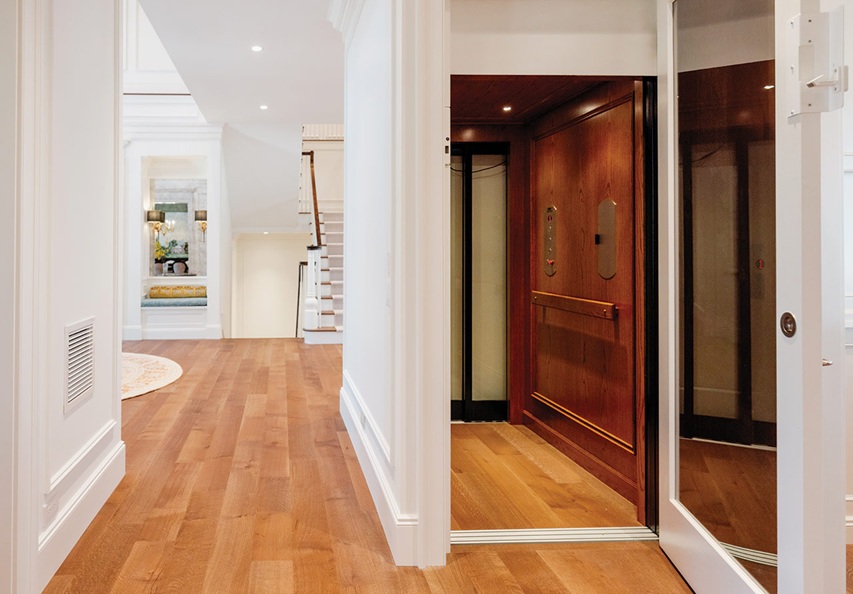For many people, having a home elevator fitted is due to someone in their home requiring help getting to the upper or lower floor.
If you own your home (and the fitting of an elevator is not part of a council or government upgrade), you will have a choice in the type that is fitted, and, while it may seem that all elevators are the same, they aren’t!
So, there are some key things to note about them before you begin searching for an installer, and here, you will be walked through what those are.
Home Elevator Types
A key thing to consider is that there are different kinds of residential elevators, and each one has its own installation and maintenance requirements.
For example, you may have heard about a hydraulic home elevator which, while quiet, requires a machine room to operate. Next, there is the traction or machine room less (MRL) elevator. This uses counterweights and cables, and while it is energy efficient, it can be quite loud. If you want a home elevator that requires minimal structural changes to your home, you can opt for a vacuum or pneumatic one, which uses air pressure. As always, look at your budget, your space, and your usage needs and try to have as many home surveys as possible from installation teams to see which one will be the least disruptive to your home.
Installation Requirements
How long can you spare for the elevator fitting?
Installing an elevator in a home will usually involve the modification of floors, ceilings, and a lot of electrical and mechanical upgrades. You may also need to look into the creation of a hoistway, as well as applying for building permits and making sure that the upgrade meets local building codes. Of course, any installation team that is above board will ensure the upgrade meets all local requirements. However, for timespans and installations, it’s advisable to set aside a few weeks to months for the full installation to be completed.
Costs
As mentioned in the first point, for many people, budget is a core part of what people need to consider when looking at having a home elevator installed. You will need to look at the initial cost of the elevator fitting, which usually starts at around $20,000, as well as structural changes that may need to occur in your home. So, do your research to get an idea of the average price, and then choose the team that offers the most maintenance and servicing, if possible.
Safety Features
All home elevators are equipped with safety features, but to be on the safe side, you will need to check that the elevator you choose has a backup power source, as well as emergency brakes.
There should also be an alarm system with a telephone, as well as door interlocks and child safety locks. As part of routine maintenance, all of these should be checked weekly to ensure that the elevator lasts for as long as possible and to ensure the safety of everyone who uses it. If you’re unsure about the safety features, ask the team you are considering for the elevator about what each model offers.

